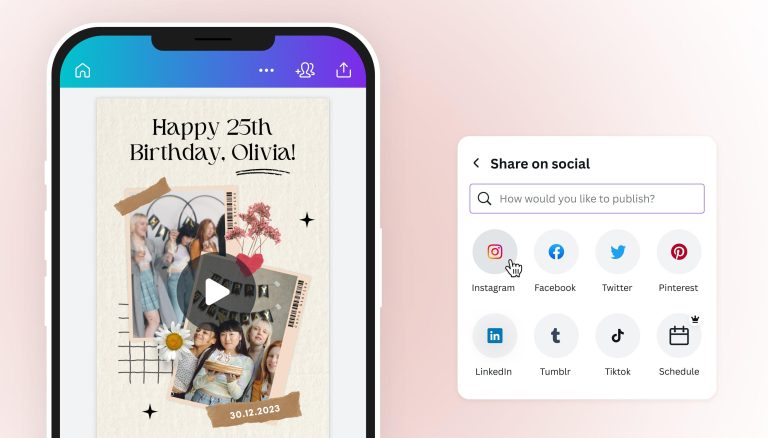Short-form videos are rapidly reshaping how the public forms opinions, compressing complex issues into seconds-long clips that can reach millions within minutes. As TikTok, Instagram and YouTube push video to the center of their feeds, creators, campaigns and advocacy groups are using the format to set narratives, mobilize supporters and sway debates.
The shift is altering the information ecosystem. Video posts routinely outpace text and images in engagement, turning first-person footage and algorithmically boosted commentary into the raw material of civic conversation. Newsrooms, fact-checkers and regulators are struggling to keep pace with the speed of distribution, the opacity of recommendation systems and the spread of misleading or manipulated content.
With pivotal elections and policy fights on the horizon, questions about accuracy, accountability and platform power are intensifying. At stake is who gets to frame events in real time-and how that framing shapes public judgment.
Table of Contents
- Algorithms Amplify Emotion Over Facts and Rewire Public Trust
- Inside the Video Supply Chain From Creator Incentives to Platform Curation
- Practical Steps for Voters Educators and Newsrooms to Verify Videos and Reduce Misinformation Spread
- To Conclude
Algorithms Amplify Emotion Over Facts and Rewire Public Trust
Across major platforms, recommendation engines now privilege high-arousal video over verified nuance, shifting perceived authority from institutions to charismatic creators and crowd signals; as short clips surge through feeds during elections, conflicts, and disasters, audiences encounter narratives sorted by engagement metrics rather than evidentiary standards, a pattern that accelerates polarization and makes correction slower than contagion.
- Engagement-first ranking: Watch time, reactions, and re-shares elevate sensational clips ahead of sober reporting.
- Virality as proxy for credibility: View counts and creator influence become stand-ins for expertise, reframing who gets believed.
- Feedback loops: Lingering on provocative posts triggers more of the same, tightening belief silos and normalizing extremes.
- Creator-driven framing: Micro-edits, music cues, and on-screen text compress complex events into persuasive beats.
- Latency in verification: Fact-checks and labels trail distribution, arriving after opinions harden.
- Monetization incentives: Payouts tied to views and retention nudge producers toward outrage and spectacle over context.
Inside the Video Supply Chain From Creator Incentives to Platform Curation
What looks like spontaneous clips is, in practice, a coordinated pipeline in which economic signals, packaging tactics, and recommendation engines determine who gets seen and what narratives dominate; creators chase volatile payout formulas and sponsorship tiers, agencies industrialize production, and platforms algorithmically prioritize content that maximizes watch time and session length, while automated classifiers and human reviewers enforce safety rules that can downrank or demonetize borderline posts, producing a feedback loop where creators rapidly A/B-test hooks, captions, and formats to satisfy shifting policies and ad demand, and where localized subtitles, trending audio, and rights-clear music act as growth levers that can elevate a microtrend into mainstream discourse within hours.
- Incentives: Creator funds, revenue shares, and brand deals set targets for CPM, RPM, and conversion, steering topics and tone.
- Production: Agencies, MCNs, and studios scale output with scripted beats, batch filming, and collaborative edits to meet daily cadence.
- Packaging: Aggressive first-second hooks, on-screen text, and vertical framing are tested for CTR, hook rate, and completion rate.
- Rights & Tools: Licensed music, captioning, and localization expand reach; content-ID systems flag infringements and mute or block uploads.
- Distribution: Cross-posting to Reels, Shorts, and TikTok exploits native sounds and hashtags to capture algorithmic lift.
- Curation & Safety: Ranking models weigh watch time and interactions; policy enforcement uses labels, downranking, age-gates, and removals, intensifying around elections and crises.
- Monetization: Ads, affiliate links, and storefronts determine sustainability; shifts in ad markets ripple into creator output within days.
- Feedback Loop: Real-time analytics and comment sentiment redirect storylines, amplifying framings that outperform and retiring those that stall.
Practical Steps for Voters Educators and Newsrooms to Verify Videos and Reduce Misinformation Spread
As short-form clips accelerate the news cycle, disciplined verification can keep dubious edits, recycled footage, and synthetic media from shaping coverage and votes before facts do.
- Voters: Pause before sharing; check the original uploader and first appearance; run reverse searches (InVID, Google Lens, YouTube DataViewer); verify date and location via maps, landmarks, and weather; listen for audio glitches or unnatural cadence; scan comment history for corrections; cross-check with reliable local outlets; use platform reporting tools for misleading posts.
- Educators: Embed quick-check routines (SIFT: Stop, Investigate the source, Find better coverage, Trace to the original); teach frame-by-frame review and keyframe grabs; run classroom drills on geolocation and context; maintain a repository of verified exemplars; model slow-share norms and uncertainty labels; integrate rubric-based assessments for provenance and context.
- Newsrooms: Stand up a verification desk with documented workflows; require provenance, permissions, and chain-of-custody; corroborate with OSINT (satellite images, traffic cams, weather, public records); log edits and maintain a do-not-air queue for unresolved clips; add on-screen sourcing and caveats; delay distribution until two independent confirmations; collaborate with fact-check partners and publish methods for transparency.
To Conclude
As short, shareable clips become a primary gateway to information, their power to mobilize, persuade, and mislead is reshaping how citizens see politics, public health, and world events. Platforms are racing to balance growth with safeguards, campaigns are recalibrating strategy for vertical screens, and newsrooms are retooling to meet audiences where they already are.
The next phase will be defined by policy and product choices: proposed rules on transparency and advertising, AI-content labels and provenance tools, and renewed pushes for digital literacy. Researchers say better data access is crucial to measure impact; platforms say moderation is improving but imperfect. With major votes and fast-moving crises ahead, the battle to frame reality is increasingly fought in the feed-one swipe at a time.


